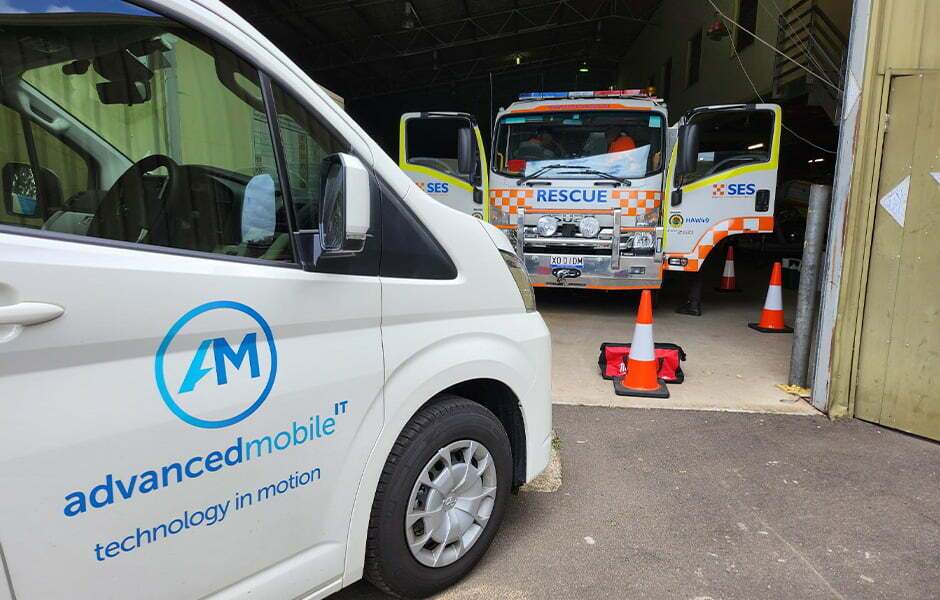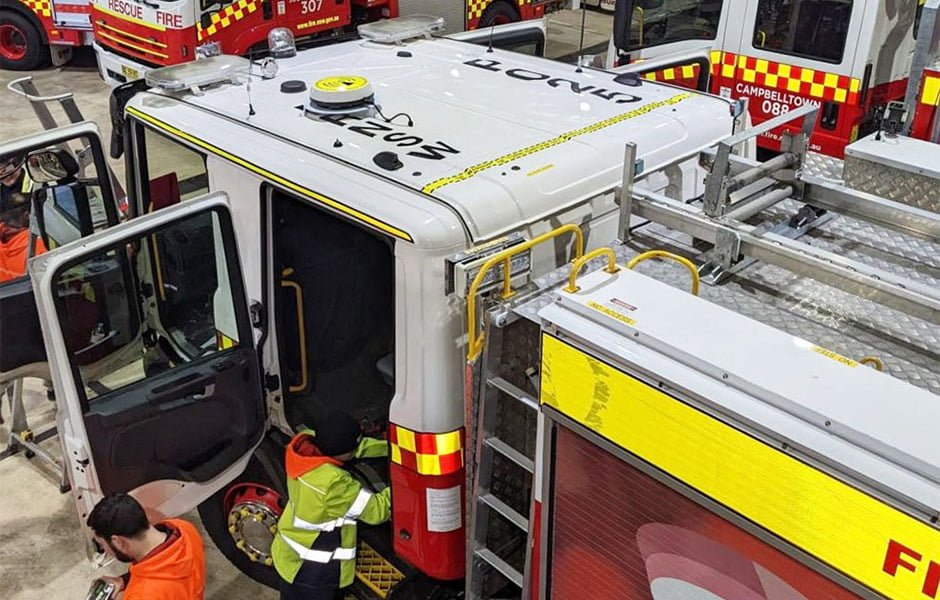Advanced Mobile IT can install a vehicle communication hub to enable seamless and uninterrupted communication across an entire fleet of vehicles.
A vehicle communication hub serves as a centralised system that facilitates communication, data exchange, and connectivity to a vehicle, especially in remote or unfamiliar areas where traditional network coverage may be limited.
This hub integrates various components and systems including ruggedised routers, satellites, and antennas to enable seamless connectivity to different in-vehicle and portable communication devices.
Key functions of a vehicle communication hub include:
- Data Integration: Data is consolidated from various vehicle sensors, systems, and components, such as engine performance data, GPS signals, safety sensors, and entertainment systems.
- Connectivity Management: Connections to external networks, including cellular networks, Wi-Fi, and satellite communication are managed, enabling access to online services, navigation updates, and over-the-air software updates.
- Communication Interfaces: Provides interfaces for external devices and accessories, such as smartphones, tablets, handheld and wearable devices, allowing users to interact with the vehicle’s systems and access features remotely.
- Control and Command: Creates a “vehicle hub” control centre for managing vehicle functions, diagnostics, and settings, allowing users to monitor vehicle status, receive alerts, and customise preferences.
- Security and Safety: Incorporates security features to protect against cyber threats and unauthorised access, ensuring the integrity and safety of vehicle systems and data.
Overall, a vehicle communication hub plays a crucial role in maintaining a seamless connection through the installation of systems within a fleet of vehicles.



